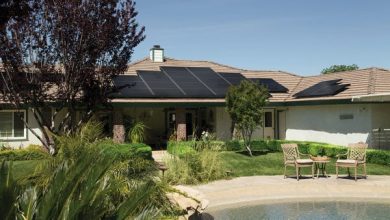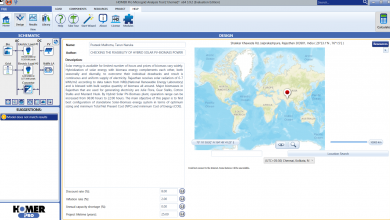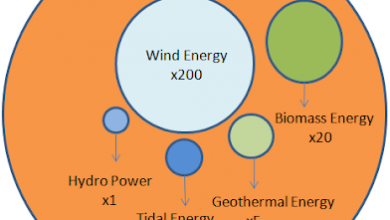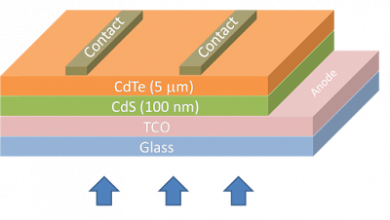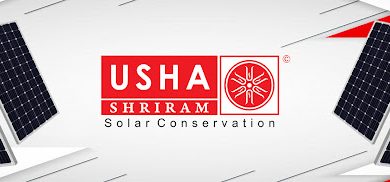Gallium Arsenide (GaAs) Solar Cells
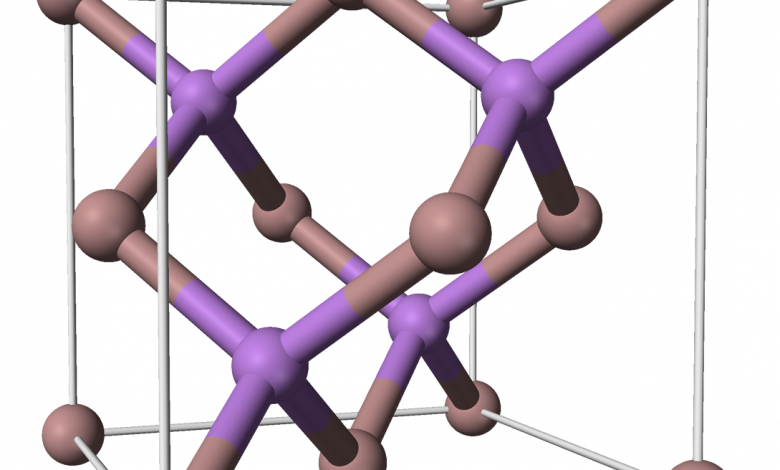
GaAs has several advantages over Silicon such as higher temperature applications and higher carrier mobility. But is 5 to 10 times expensive than silicon and due to direct bandgap radiative recombination is also dominating.
 |
| Gallium Arsenide (GaAs) unit cell representation |
In other semiconducting materials that are being used in solar applications, efficiency reduces with increase in temperature. But GaAs has a low-temperature coefficient, thus it is not much affected by increasing temperature. In GaAs elements used for N-type doping are Selenium (Se), Silicon (Si) and Tin (Sn) while elements used for P-type doping are Zinc (Zn), Magnesium (Mg) and Carbon (C). With lower resistance and higher carrier mobility, GaAs creates less noise in electronic circuits at high frequencies. Although being expensive GaAs finds it’s applications in other technologies like satellites, military applications and ICs.
Mobility
Mobility is defined as how quickly the charge carrier can move within the semiconductor. In GaAs electron mobility (μe) and hole mobility (μh) is in the range of
(μe) = 5000 to 10000 V/cm2
(μh) = 100 to 400 V/cm2
Carrier Life Time
It is the average time taken by the minority carrier in the excited state to recombine. In GaAs electron lifetime (Te) and hole lifetime (Th) is in the range of
(Te) = 1 microsecond to few nanoseconds
(Th) = few nanoseconds.
For solar applications, GaAs solar cell provides high mobility and high carrier lifetime which cause lower recombination possibilities and higher efficiency is obtained.
